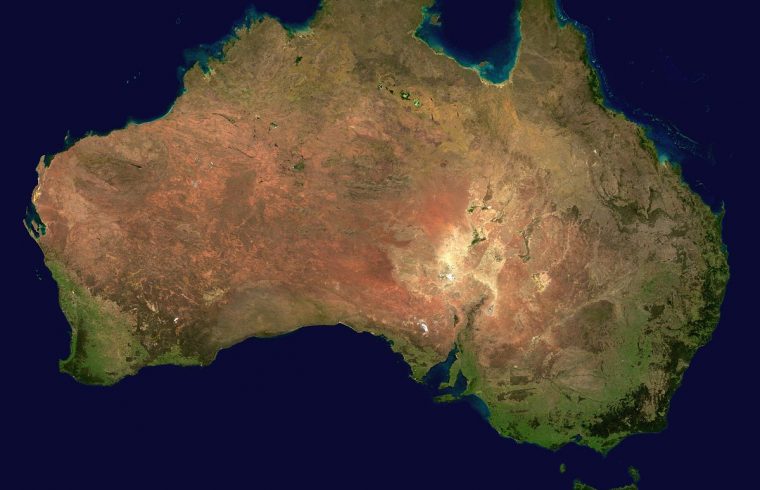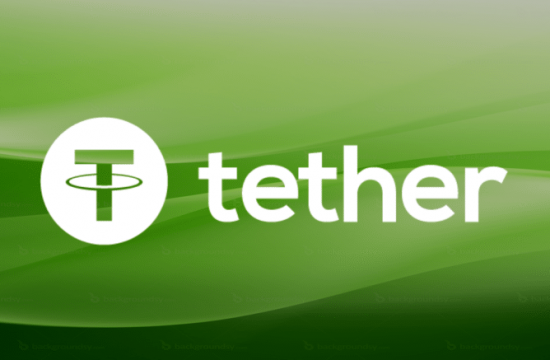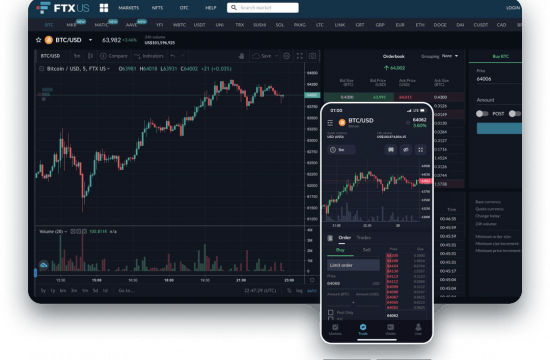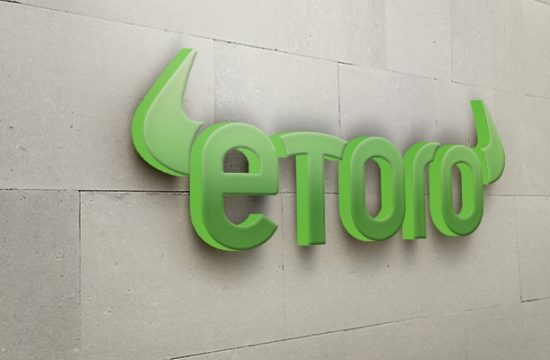More than 600,000 Australians have invested in crypto assets in recent years, and undoubtedly many of them need some advice as we head towards tax time.
The Australian Taxation Office, which has been watching the crypto space for years, has seen a dramatic increase in trading since the beginning of 2020.
Now, authorities say it is time to pay their dues. Assistant Commissioner Tim Loh told news.com.au that the tax office would directly contact about 100,000 taxpayers with cryptocurrency assets to explain their tax obligations and to urge them to review their previously lodged returns.
“We also expect to prompt almost 300,000 taxpayers as they lodge their 2021 tax return,” said Mr. Loh. “Generally, as an investor, if you buy, sell, swap for fiat currency, or exchange one cryptocurrency for another, it will be subject to capital gains tax and must be reported.”
“For example if you exchange Bitcoin for Ethereum, that would trigger a taxable transaction. If you swap cryptocurrency for Australian dollars is another potential taxable transaction and when you buy goods and services with cryptocurrency it can also potentially create a taxable transaction”, he continued.
The ATO matches data from cryptocurrency designated service providers, banks, and other financial institutions to an individual’s tax return.
“We actually have data matching protocols with these cryptocurrency exchanges and they provide us with that information. “We track how it interacts with the ‘real world’. This is a game of hide and seek – we want people to do the right thing.”
What the ATO Assistant Commissioner didn’t say is that it is much harder to track crypto holders when digital assets are off-exchange and that is the greatest challenge government authorities will face in the coming years.
On the complexity of crypto tax reporting, Mr. Loh explained: “The best tip to nail your cryptocurrency gains and losses is to keep accurate records, including dates of transactions, the value in Australian dollars at the time of the transactions, what the transactions were for, and who the other party was, even if it’s just their wallet address.”
Pretty traightforward, then.












